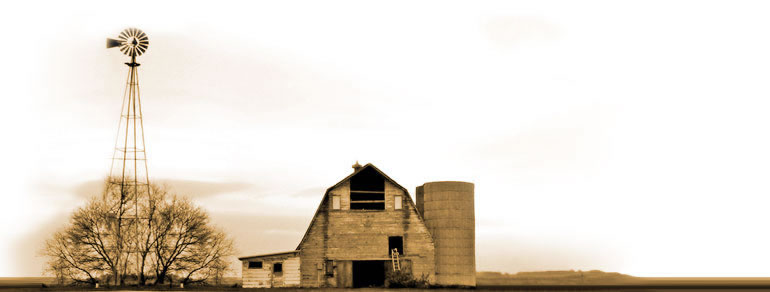

Climate Change and Food Security
Background
Background
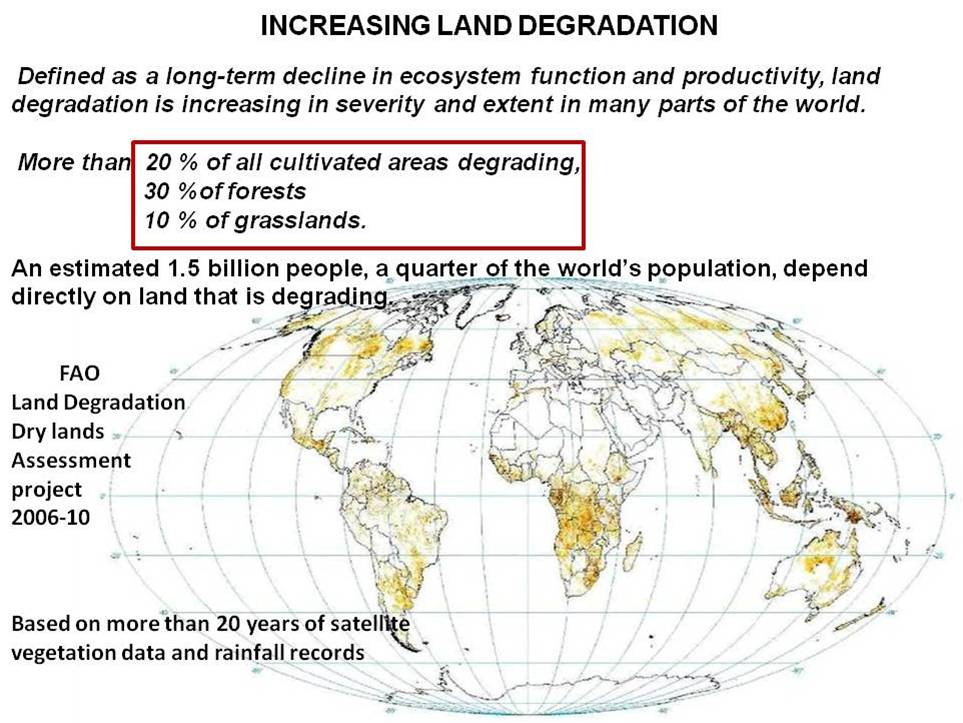
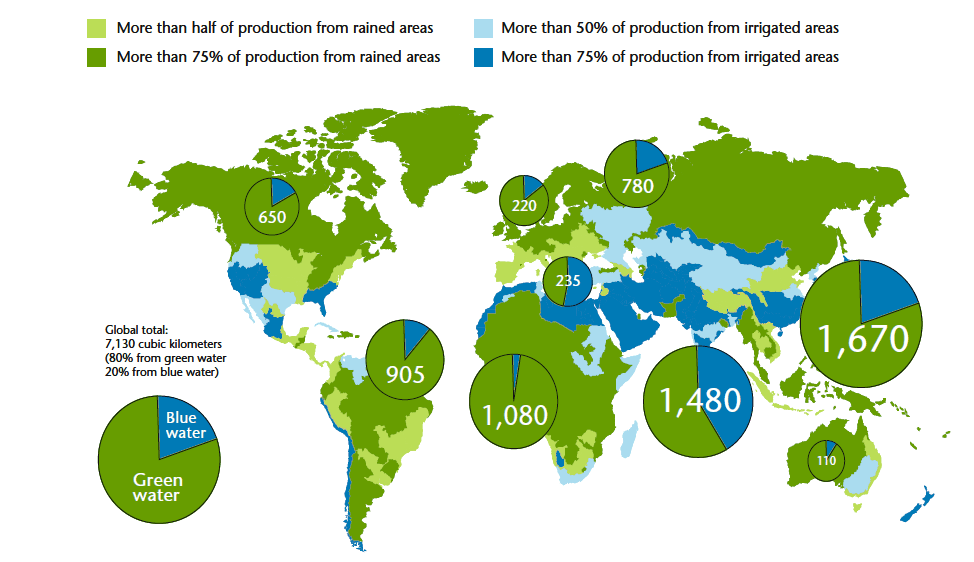
The 11,000 year period of relative climate stability in which agriculture developed is over.
Lester Brown
Lester Brown
LAND FOOD & PRICES PEOPLE
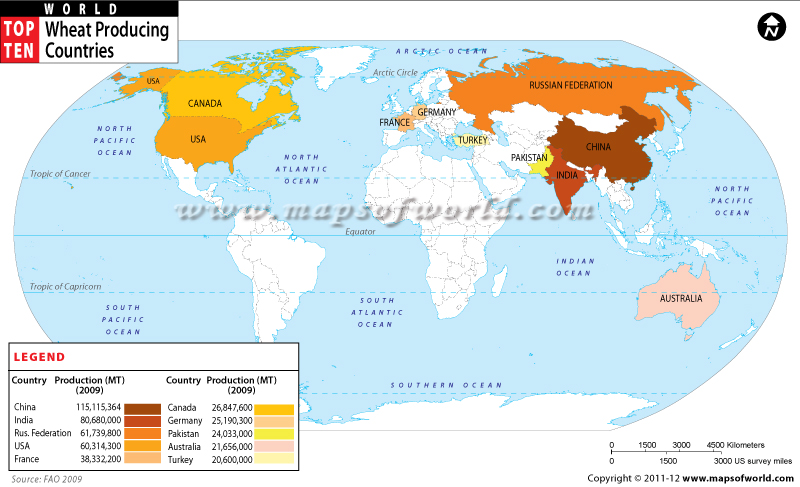
Irrigation
Cropland
Mapping hotspots of climate change and food insecurity in the global tropics (& Africa)
Research Program on Climate Change, Agriculture and Food Security (CCAFS
Research Program on Climate Change, Agriculture and Food Security (CCAFS
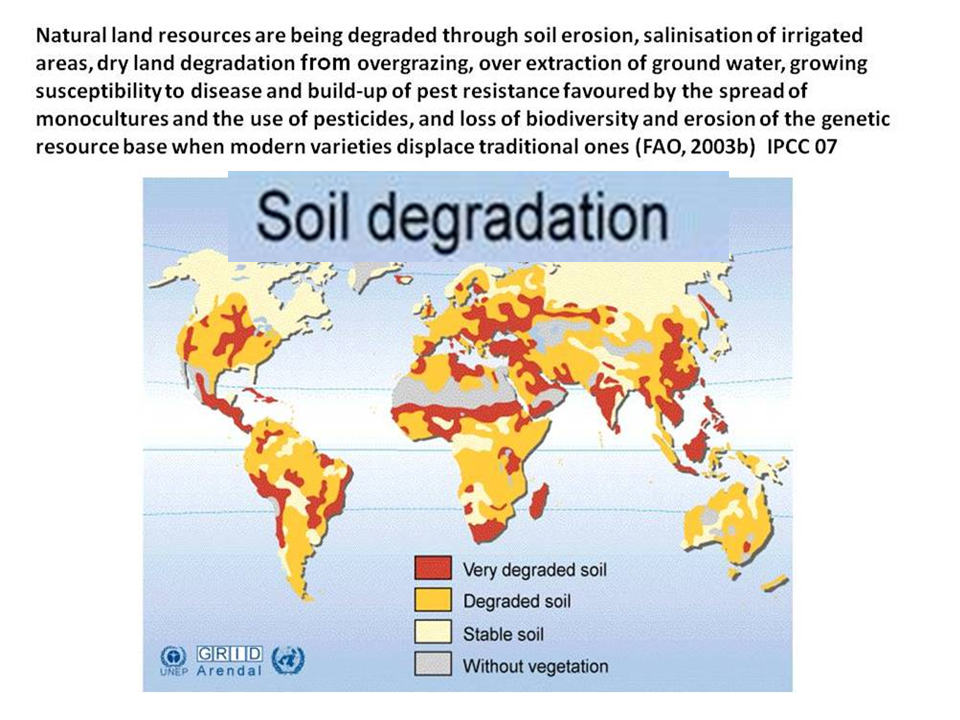
Land degradation
FAO 2022 State of world food security & Nutrition
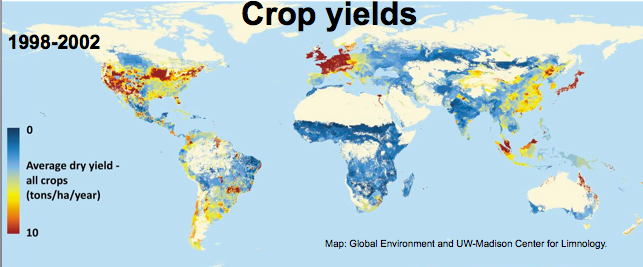

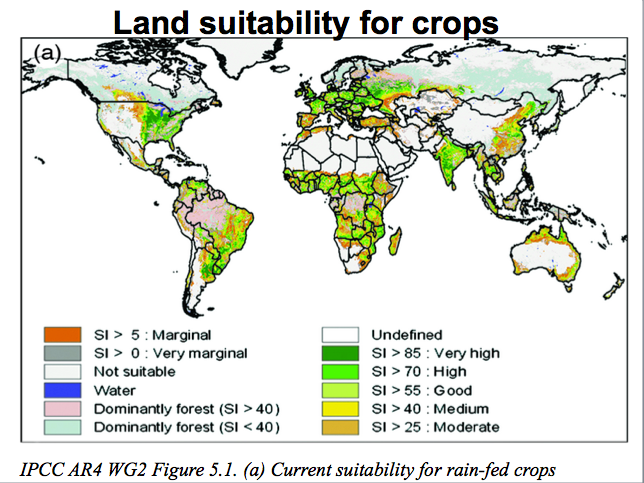
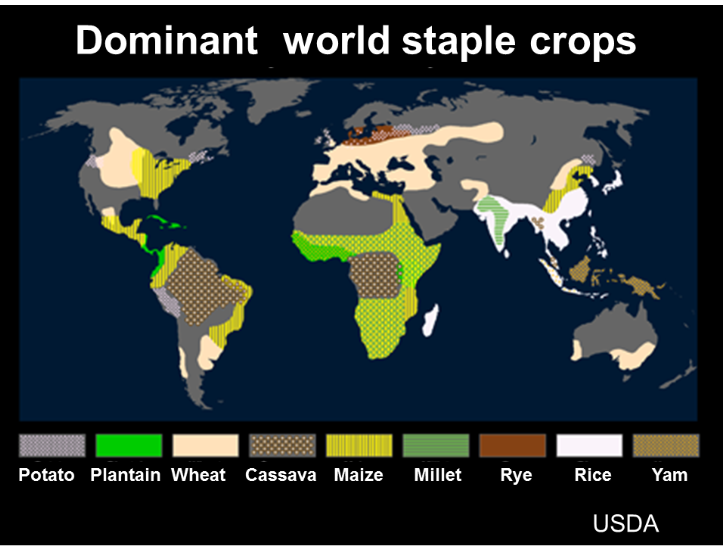

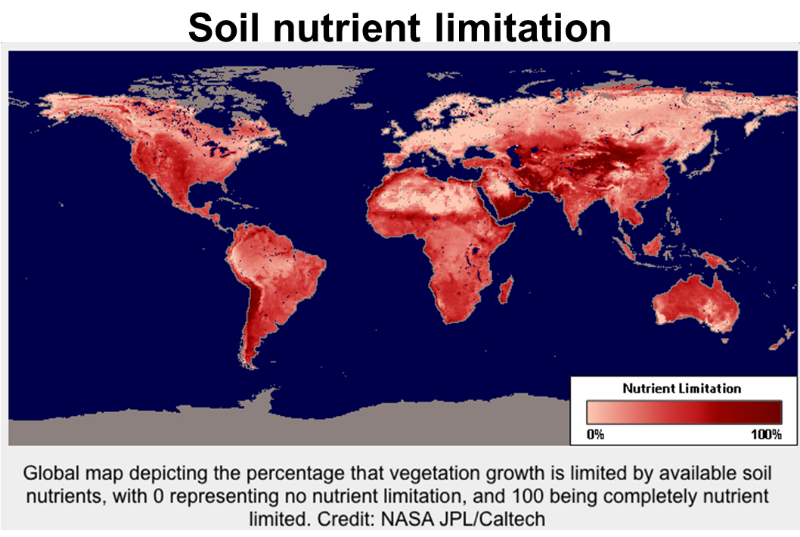
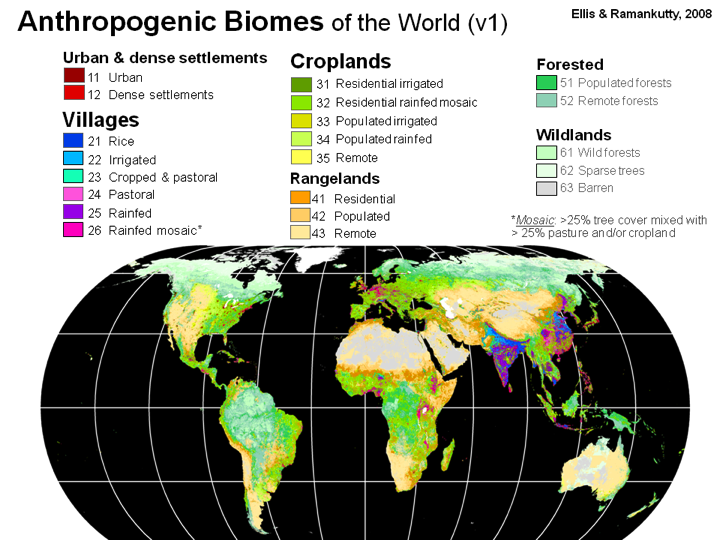
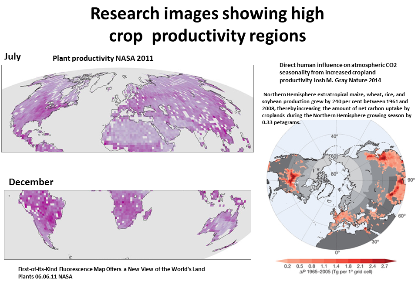
FOOD PRODUCTION
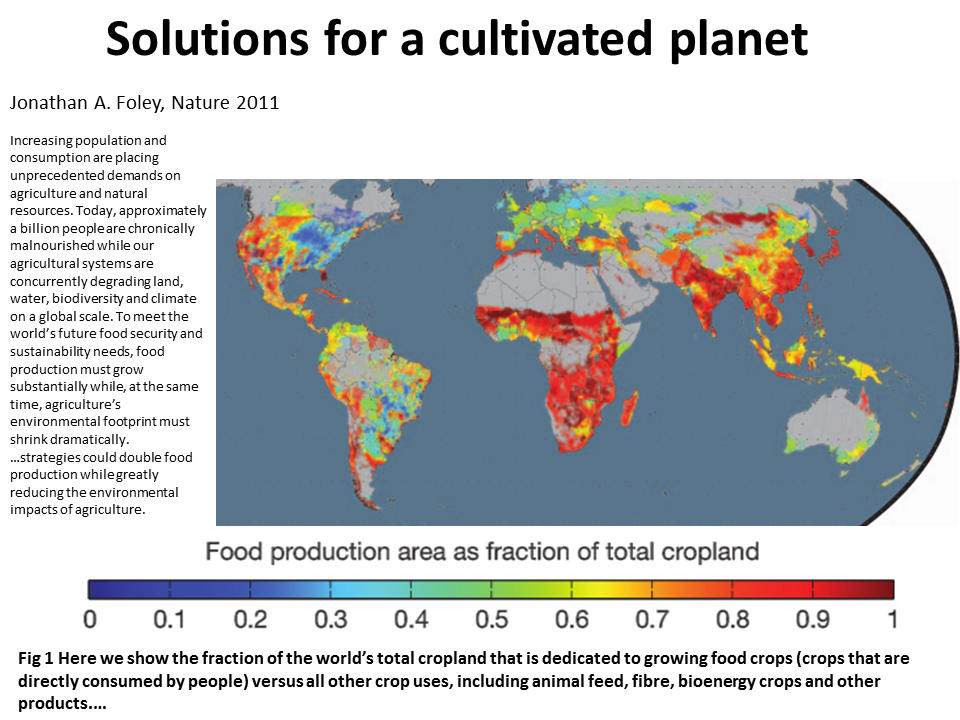
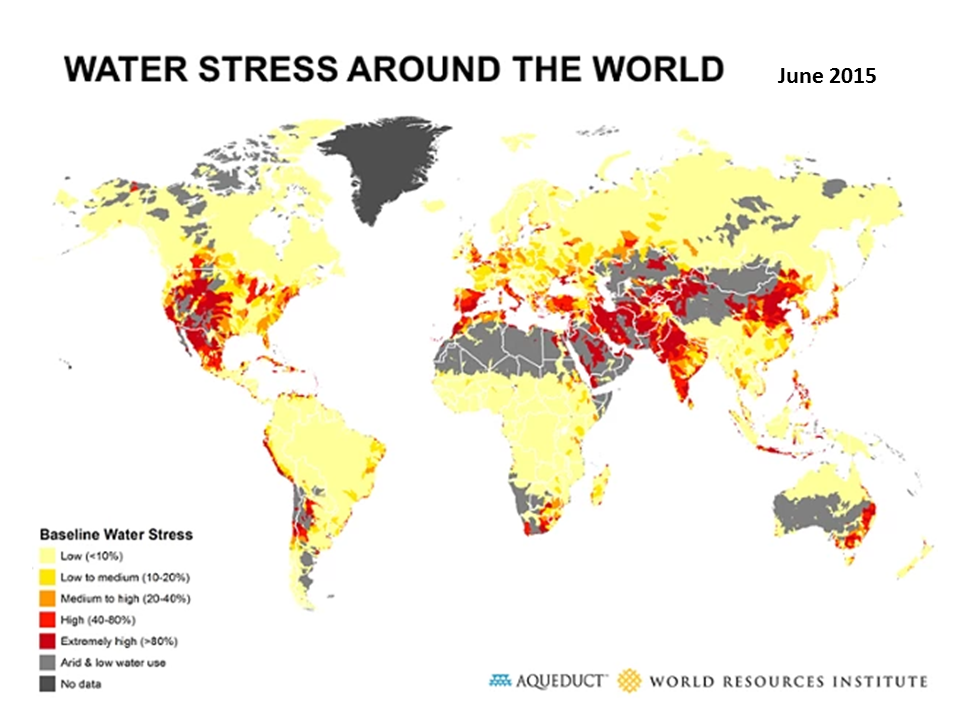
Developing countries are home to roughly 80 percent of the world’s population, 98 percent of humanity’s hungry people, and 78 percent of harvested croplands.
Africa holds 65 per cent of the world’s arable land. (Where does the world’s food grow? Mar 2016)
Africa holds 65 per cent of the world’s arable land. (Where does the world’s food grow? Mar 2016)
Land is a finite resource: Global arable lands = 1/32 of the planet
• 52% of agricultural land affected by degradation
• Land sector emissions: 6.2 Billion tonnes (6.2Gt) of CO2-e per year
• 1.8 billion of world population in 2025 will be living with absolute water scarcity
and 2/3 (or 5.3 billion) could live under water-stress conditions
• Land degradation over the next 25 years may reduce global food production by
up to 12%, and lead to an increase of, as much as, 30% of world food prices
• World Drylands = 40% land mass; 1/3 population; 44% food production system
• 925 million people going hungry (80%: small-holder farmers & landless poor in
rural areas
• 40% interstate conflicts associated with land and natural resources: in 2008 in
more than 30 countries
• Some 135 million people may be displaced by 2045 as a result of desertification
(UNFCCC SED 2014 UNCCD)
• 52% of agricultural land affected by degradation
• Land sector emissions: 6.2 Billion tonnes (6.2Gt) of CO2-e per year
• 1.8 billion of world population in 2025 will be living with absolute water scarcity
and 2/3 (or 5.3 billion) could live under water-stress conditions
• Land degradation over the next 25 years may reduce global food production by
up to 12%, and lead to an increase of, as much as, 30% of world food prices
• World Drylands = 40% land mass; 1/3 population; 44% food production system
• 925 million people going hungry (80%: small-holder farmers & landless poor in
rural areas
• 40% interstate conflicts associated with land and natural resources: in 2008 in
more than 30 countries
• Some 135 million people may be displaced by 2045 as a result of desertification
(UNFCCC SED 2014 UNCCD)
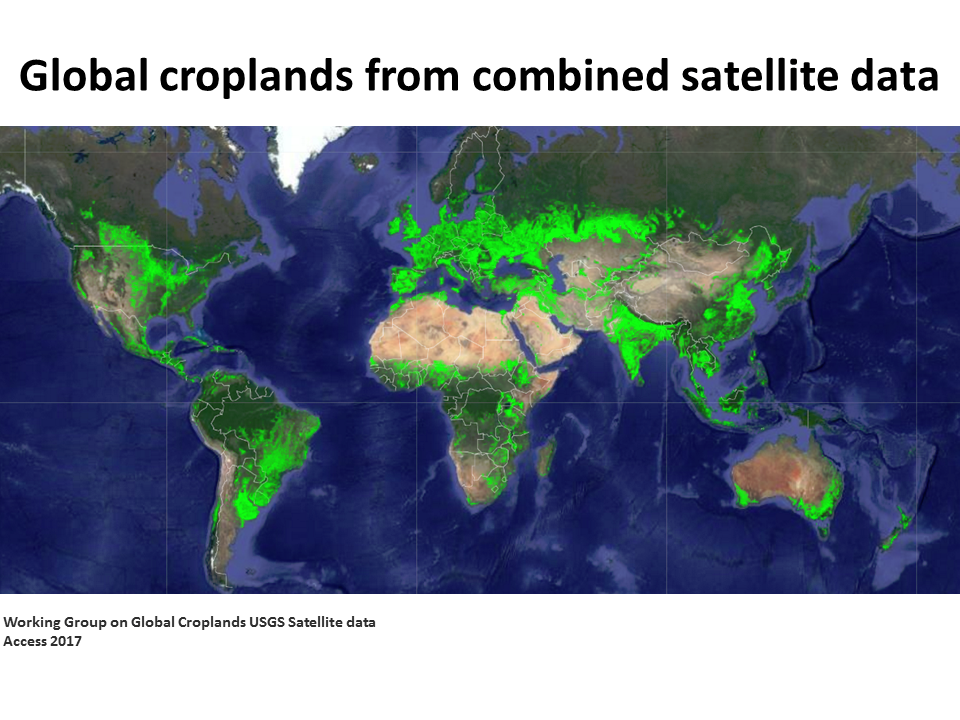
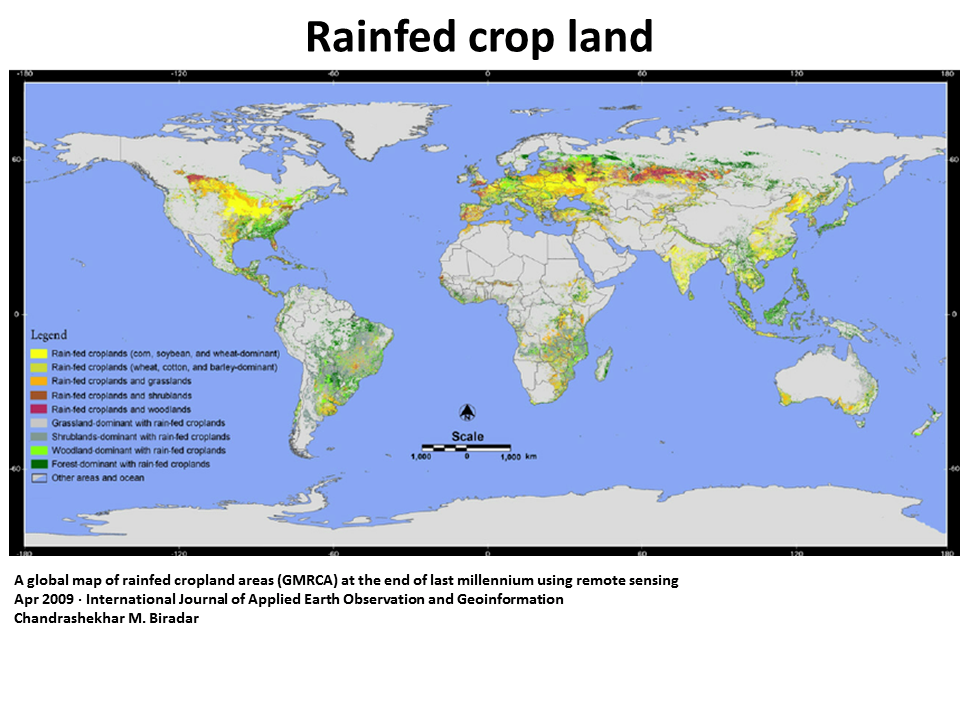
Global livestock presented
in world maps
FAO Livestock Systems
in world maps
FAO Livestock Systems
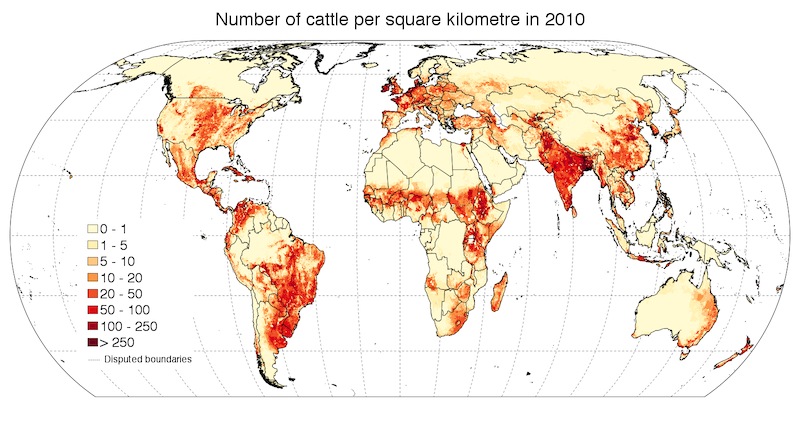
e.g Cattle
FAO 2015 Status of the World's Soil Resources